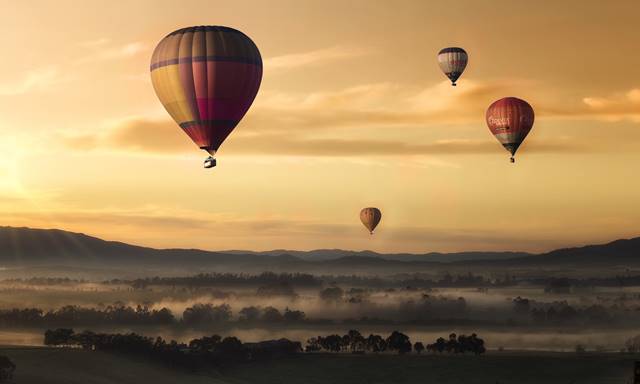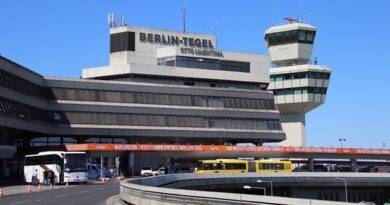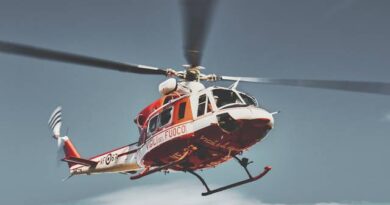Montgolfier Brothers – The First Step of the Age of Aviation
Montgolfier Brothers – The First Step of the Age of Aviation. A brief look to the aviation history.
Joseph-Michel Montgolfier (26 August 1740 – 26 June 1810)
Jacques-Étienne Montgolfier (6 January 1745 – 2 August 1799)
EARLY YEARS
Their family (Montgolfier Brothers) manufactures paper at Annonay, in Ardèche, France. Father Pierre Montgolfier (1700-1793), mother Anne Duret (1701-1760). They had 16 children. Pierre Montgolfier decided his eldest son, Raymond (1730-1772) as his successor.
Joseph-Michel was not good at business and personal relations. He was a dreamer. Jacques-Étienne was fairly good at business skills and went to Paris to study architecture. Sadly, Raymond died in 1772. He was 42 years old and after this unexpected event Jacques-Étienne returned from Paris to run the family business.
THE FIRST BALLOON EXPERIMENTS
Joseph was the dreamer and inventor one. At year 1775 he built parachutes and started experimenting with them. One day at year 1777 he observed when laundry drying over fire one of them formed a hot air pocket and started flying. 1782 he planned first experiment. He made a box that had dimensions of 1m x 1m x 1.5m from light wood and covered it with cloth. Joseph made a fire under it and it lifted. Joseph convinced Étienne to build a bigger one and they built a balloon three times bigger (27 times by volume). They lunched it on 14 December 1782 and it floated about 2km before crash landing in the Gonesse Village. Villagers probably thought it was the skin of a monster and they destroyed it with stones and pitchforks.
THE FIRST PUBLIC DEMONSTRATION
They designed the biggest balloon they built to that day. It was nearly containing 790 m³ of air weighted 225kg. On 4 July 1783 at Annonay in front of curious audience they flew the balloon. Demonstration was a success. The flight covered 2 km and lasted almost 10 minutes. The news reached Paris and Étienne went to Paris to make demonstrations in front of King and Queen.
Étienne constructed a 1060 m³ balloon with the help of Jean-Baptiste Réveillon-a wallpaper manufacturer. There was some concern about effects of flight on living creatures and King proposed to launch two convicted criminals to test the affects but Étienne decided to launch a sheep, a duck and a rooster.
On 19 September 1783 a sheep called Montauciel, a duck and a rooster became the first passengers of an aircraft. The flight lasted 8 minutes, covered 3 km and obtained an altitude of about 460m. The craft landed safely.
THE FIRST FLIGHT WITH PILOT
After the successful flight with living creatures, now it was time to made a flight with humans. For that goal again with the help of Réveillon, Étienne built a 1700 m³ balloon. It was about 23m tall and about 15m in diameter.
Jacques-Étienne Montgolfier was the first human to lift off the Earth, making a test flight on 15 October 1783. On that day physicist Pilâtre de Rozier became the second human to ascend into the air. Test flights were tethered and flight altitude was about 24m, which was the length of the tether.
The first free flight by humans was made by Pilâtre de Rozier, with an army officer, the marquis d’Arlandes on 21 November 1783. The flight began from the grounds of the Château de la Muette close to the Bois de Boulogne Park in the western outskirts of Paris. They flew about 3,000 feet (910m) above Paris for a distance of nine kilometers. After 25 minutes, the balloon landed between the windmills, outside the city ramparts, on the Butte-aux-Cailles. Enough fuel remained on board at the end of the flight to have allowed the balloon to fly four to five times as far. In December 1783, father Pierre Montgolfier was elevated to the nobility and the hereditary appellation of de Montgolfier by King Louis XVI of France.

For aviation documentaries click.
For more articles click.


